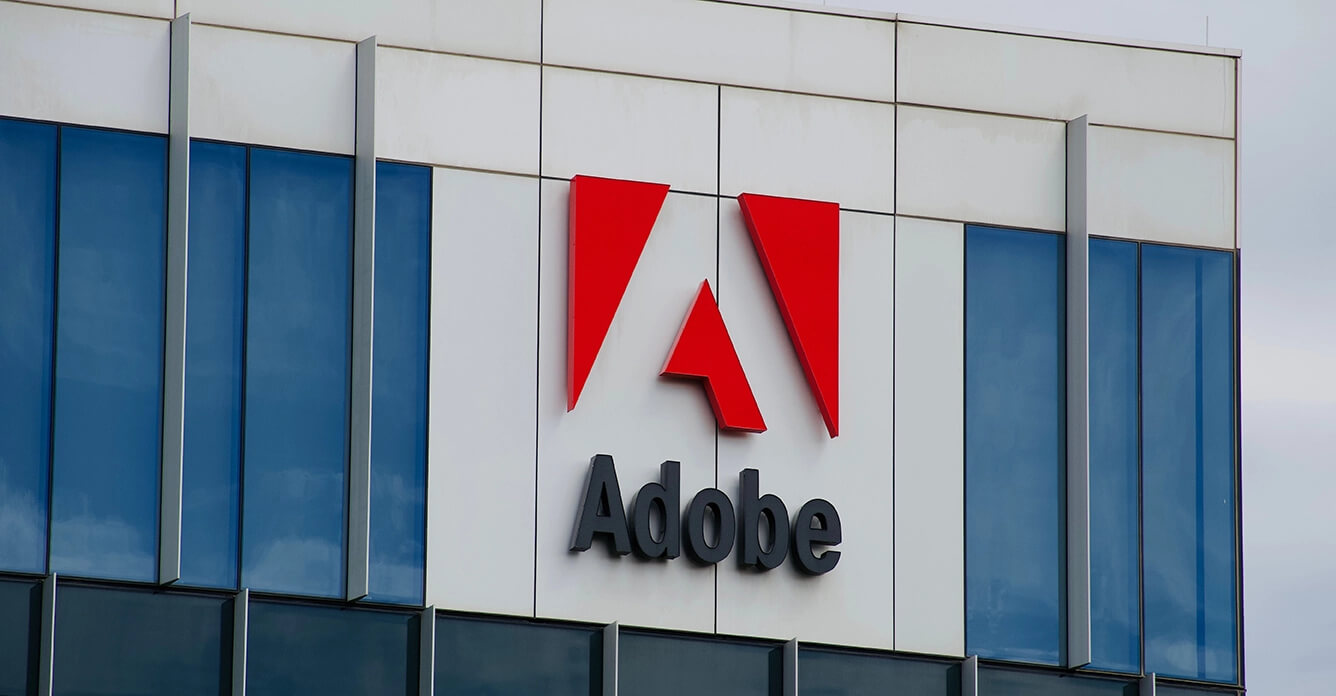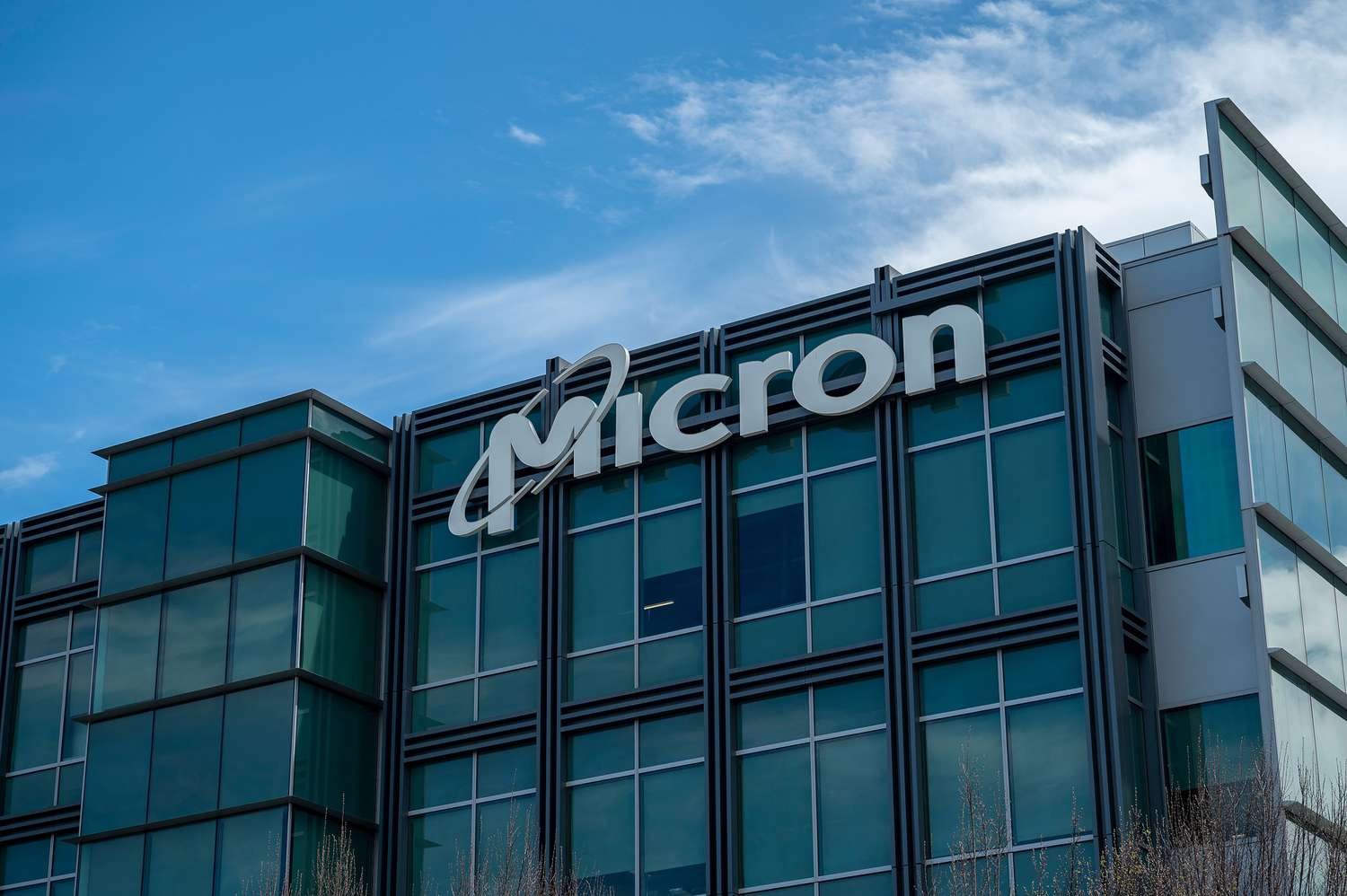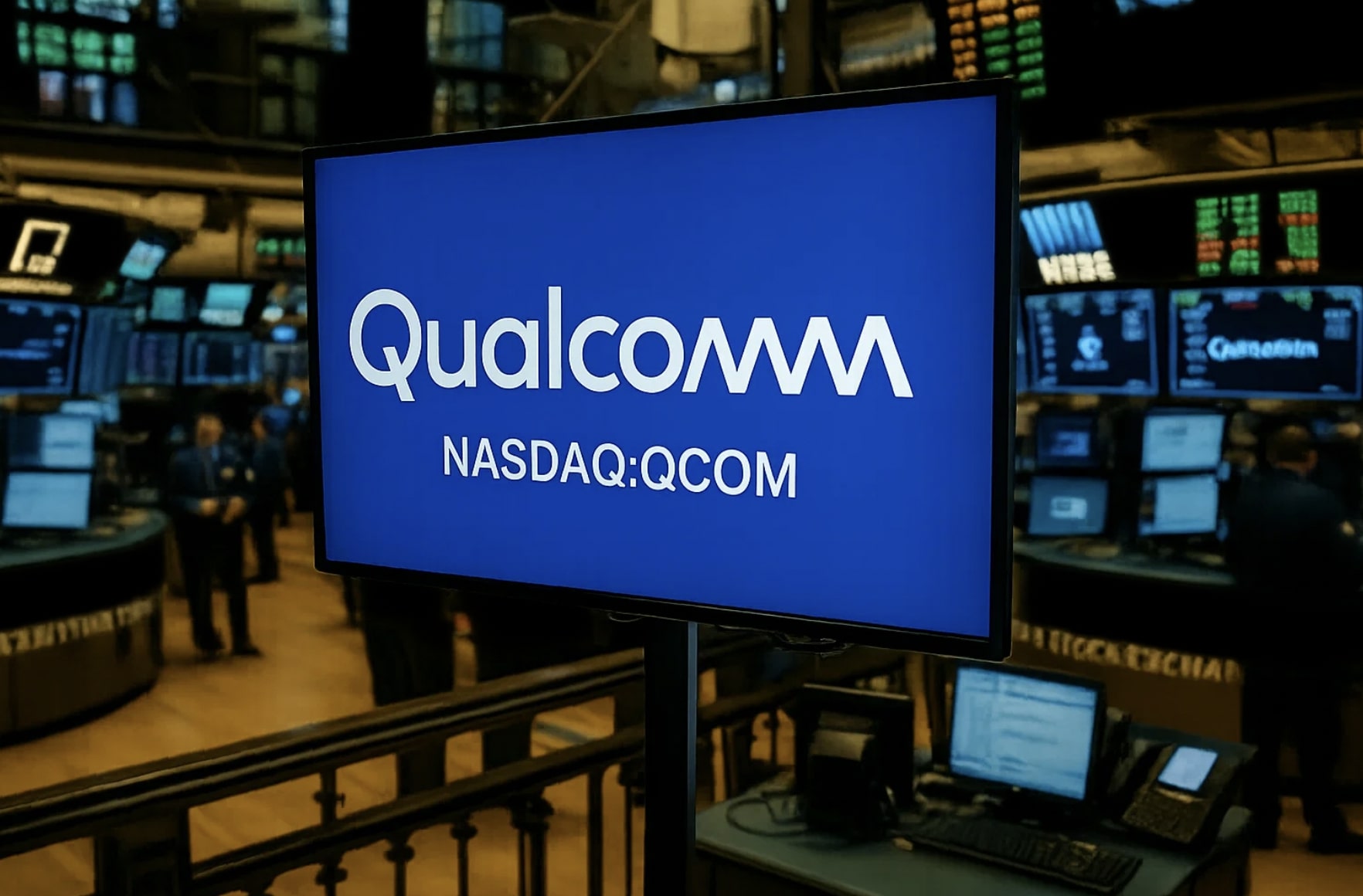MicroStrategy: Leveraging Bitcoin for Exponential Growth
MicroStrategy (NASDAQ: MSTR) has firmly cemented its status as the world’s largest corporate holder of Bitcoin. As of February 2025, the company holds over 471,107 BTC, valued at approximately $46.1 billion. This massive Bitcoin stockpile, representing about 2.4% of Bitcoin’s total supply, provides MicroStrategy with unique exposure to Bitcoin's price movements. The company’s stock has effectively turned into a high-leverage proxy for Bitcoin, providing investors with outsized potential returns should Bitcoin continue its upward trajectory. Over the past three years, MSTR’s stock has historically moved 2 to 4 times in magnitude for every 1x move in Bitcoin. This is a critical point for investors considering MSTR as an investment vehicle, as the company’s fortunes are intimately tied to Bitcoin’s volatility. While this offers enormous upside potential, the risk is equally high—any downturn in Bitcoin’s price can significantly impact MSTR's stock performance.
The Strategy: A Bold Bitcoin Play with High Stakes
MicroStrategy’s strategy is built on aggressive Bitcoin acquisitions. With $18.8 billion raised via equity and $6.2 billion from convertible debt, MicroStrategy has used these funds to acquire Bitcoin at a rapid pace. The company’s innovative use of capital markets has allowed it to fund its Bitcoin acquisitions at minimal interest rates while simultaneously increasing shareholder exposure to Bitcoin. As a result, the company’s Bitcoin Yield—measuring the growth in Bitcoin holdings per share—has been extraordinary. In 2024, MSTR achieved an impressive 74.3% BTC Yield, significantly outperforming its target range. This performance is a testament to the effectiveness of MicroStrategy’s financial engineering and its ability to maintain a competitive edge in Bitcoin acquisition strategies.
However, this strategy is far from risk-free. MicroStrategy’s leverage—particularly in the form of convertible debt and perpetual preferred stock (STRK)—introduces substantial risks, especially if Bitcoin’s price were to fall sharply. The company’s current debt load, which stands at approximately $6.8 billion, could create liquidity problems in the event of a significant decline in Bitcoin’s value. For example, a 50% drop in Bitcoin’s price could reduce MicroStrategy’s debt coverage ratio to a mere 7.5x, creating potential for liquidity strain and triggering covenant renegotiations. This highlights the volatility inherent in MicroStrategy’s business model—while it offers the potential for huge gains, it also exposes investors to significant risks.
Institutional Adoption of Bitcoin: MicroStrategy’s Role in the Positive Feedback Loop
One of the most compelling aspects of MicroStrategy’s Bitcoin strategy is its position as a pioneer in Bitcoin adoption. The company’s decision to adopt Bitcoin as its primary treasury reserve asset has created a self-reinforcing feedback loop. As more companies, such as GameStop, begin to incorporate Bitcoin into their balance sheets, the demand for Bitcoin increases, which, in turn, drives up its price. This institutional adoption further validates Bitcoin’s value proposition as a store of wealth, and MicroStrategy’s success with its Bitcoin strategy is creating a blueprint for others to follow. This increasing institutional interest could further accelerate Bitcoin’s adoption as a legitimate asset class, driving prices higher and benefiting MicroStrategy as one of the largest holders.
The strategic shift towards Bitcoin is also supported by growing institutional acceptance. For instance, BlackRock, one of the world’s largest asset managers, has disclosed a $47.4 million Bitcoin position as of early 2025. This move by BlackRock, alongside similar actions by other corporations, signals that Bitcoin is becoming increasingly recognized as a legitimate financial asset. MicroStrategy stands at the forefront of this trend, and its success serves as a powerful example of how institutional adoption can drive Bitcoin’s price upwards. This positive feedback loop—driven by both institutional investors and corporate entities—could fuel the next phase of Bitcoin’s price appreciation, benefiting MicroStrategy shareholders.
Bitcoin as ‘Digital Gold’: Why MicroStrategy’s Bet Makes Sense
MicroStrategy’s bet on Bitcoin is rooted in the asset’s scarcity and its ability to act as a store of value. Bitcoin’s hard cap of 21 million coins ensures that its supply is fixed, a feature that makes it inherently more scarce than gold. While gold has historically served as a safe-haven asset, it is not immune to supply inflation—new gold reserves continue to be discovered, and advancements in technology may make gold easier to produce. In contrast, Bitcoin’s supply is capped, and its issuance schedule is predictable, making it a more reliable store of value over time.
Furthermore, Bitcoin’s low-cost digital storage and ease of transfer make it a more efficient asset for modern investors. Unlike gold, which requires physical storage and is subject to logistical and transportation costs, Bitcoin can be securely stored in digital wallets, facilitating easier movement and ownership. These advantages make Bitcoin an attractive alternative to gold, particularly for institutional investors seeking to diversify their holdings in an increasingly digital world.
The Role of Bitcoin’s Price Volatility in MicroStrategy’s Stock
One of the key risks for MicroStrategy’s business model is the volatility of Bitcoin. While Bitcoin has experienced periods of explosive growth, it has also faced dramatic drops. As Bitcoin’s price continues to fluctuate, MicroStrategy's stock has similarly experienced extreme price swings. In the first quarter of 2025, MSTR stock saw a notable 12.7% loss, reflecting Bitcoin’s overall weakness. Bitcoin’s volatility creates both opportunities and risks, making MicroStrategy's stock an extremely high-risk, high-reward investment. As MSTR continues to hold Bitcoin as its primary asset, the question remains: can the company manage Bitcoin’s volatility without jeopardizing its stock price in the long run? Or will the financial market’s sentiment continue to dictate the company’s performance?
MicroStrategy’s Financial Engineering: A High-Wire Act
At the core of MicroStrategy’s success is its financial engineering, particularly the innovative use of debt to fund Bitcoin acquisitions. By issuing long-dated convertible debt at favorable interest rates, the company has been able to increase its Bitcoin holdings without diluting shareholder equity. The issuance of convertible notes has been central to MicroStrategy’s ability to maintain leverage while minimizing the cost of capital. Additionally, the company has implemented a unique financial metric—BTC Yield—to measure the accretion of Bitcoin per share, which has been a key driver of its growth.
However, this strategy comes with risks. The company’s debt load could become problematic if Bitcoin’s price were to decline. A sharp downturn in Bitcoin’s value could strain MicroStrategy’s liquidity, making it more difficult for the company to service its debt or raise additional funds. Additionally, the company’s reliance on equity issuance to fund its Bitcoin strategy exposes shareholders to potential dilution. While this has not been a significant issue to date, it remains a key risk factor that investors should monitor closely.
Valuation Scenarios: The Potential for Massive Upside
MicroStrategy’s valuation is closely tied to the price of Bitcoin. If Bitcoin’s price were to reach $200,000 per coin, MicroStrategy’s Bitcoin holdings would be worth an estimated $180 billion, more than double its current market capitalization. This scenario would represent a significant upside for investors, as the company’s stock would likely see substantial gains. However, if Bitcoin’s price were to fall to $50,000, MicroStrategy’s Bitcoin holdings would be worth only around $23.5 billion, leading to a sharp decline in the company’s stock price.
Given the volatility of Bitcoin and its unpredictable price movements, MicroStrategy’s stock remains a high-risk, high-reward investment. Investors who are bullish on Bitcoin’s long-term prospects may view MicroStrategy as an attractive investment, but those who are cautious about Bitcoin’s future performance may choose to avoid the stock.
Bitcoin’s Growing Institutional Adoption and Its Impact on MicroStrategy’s Strategy
The increasing institutional adoption of Bitcoin is a key factor in MicroStrategy’s ongoing success. As more companies and financial institutions embrace Bitcoin as a legitimate asset class, the price of Bitcoin is likely to rise, benefiting MicroStrategy as one of the largest holders of the cryptocurrency. The company’s ability to leverage its Bitcoin holdings to raise capital further amplifies the potential upside for investors. However, this strategy also exposes MicroStrategy to significant risks, particularly in the event of a downturn in Bitcoin’s price.
Final Thoughts on MicroStrategy (NASDAQ: MSTR)
MicroStrategy offers a unique investment opportunity for those who believe in the long-term potential of Bitcoin. The company’s aggressive Bitcoin acquisition strategy, combined with its innovative use of financial engineering, has positioned it as a high-leverage play on Bitcoin. However, this strategy comes with significant risks, particularly related to Bitcoin’s volatility and the company’s debt load. Investors should carefully consider these risks before investing in MicroStrategy, as the company’s future performance is closely tied to Bitcoin’s price movements.

















